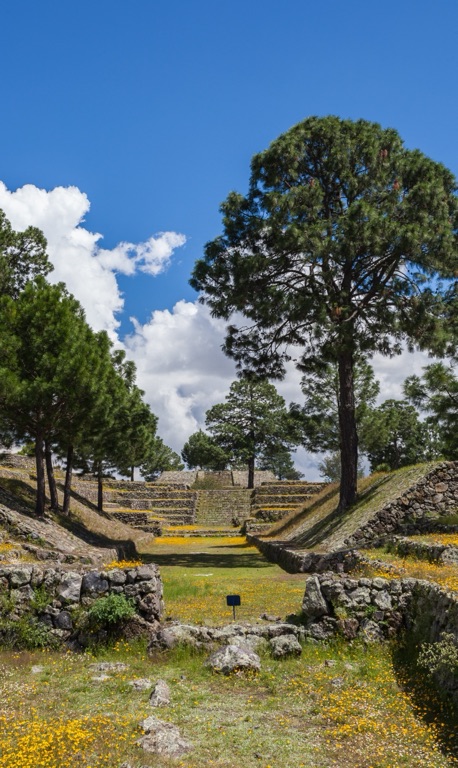The Cantona Archaeological Site is a pre-Columbian Mesoamerican city located in the highlands of the Mexican state of Puebla. It stands as one of the largest and most complex urban centers of its time. Known for its unique urban layout and extensive road systems, Cantona thrived during the Epiclassic period. The site features a wealth of pyramids, temples, and plazas, as well as an advanced hydraulic system. Despite its significance, Cantona remains one of the lesser-studied ancient cities in Mexico.
Get your dose of History via Email
Historical Background of Cantona Archaeological Site
Archaeologists discovered Cantona in the late 19th century, but systematic study began much later. The site’s first detailed investigations took place in the 1980s. Researchers believe the Olmecs initially inhabited the area. However, Cantona reached its peak between 600 and 1000 AD. It was likely built by a group distinct from the contemporary Maya and Aztec civilizations.
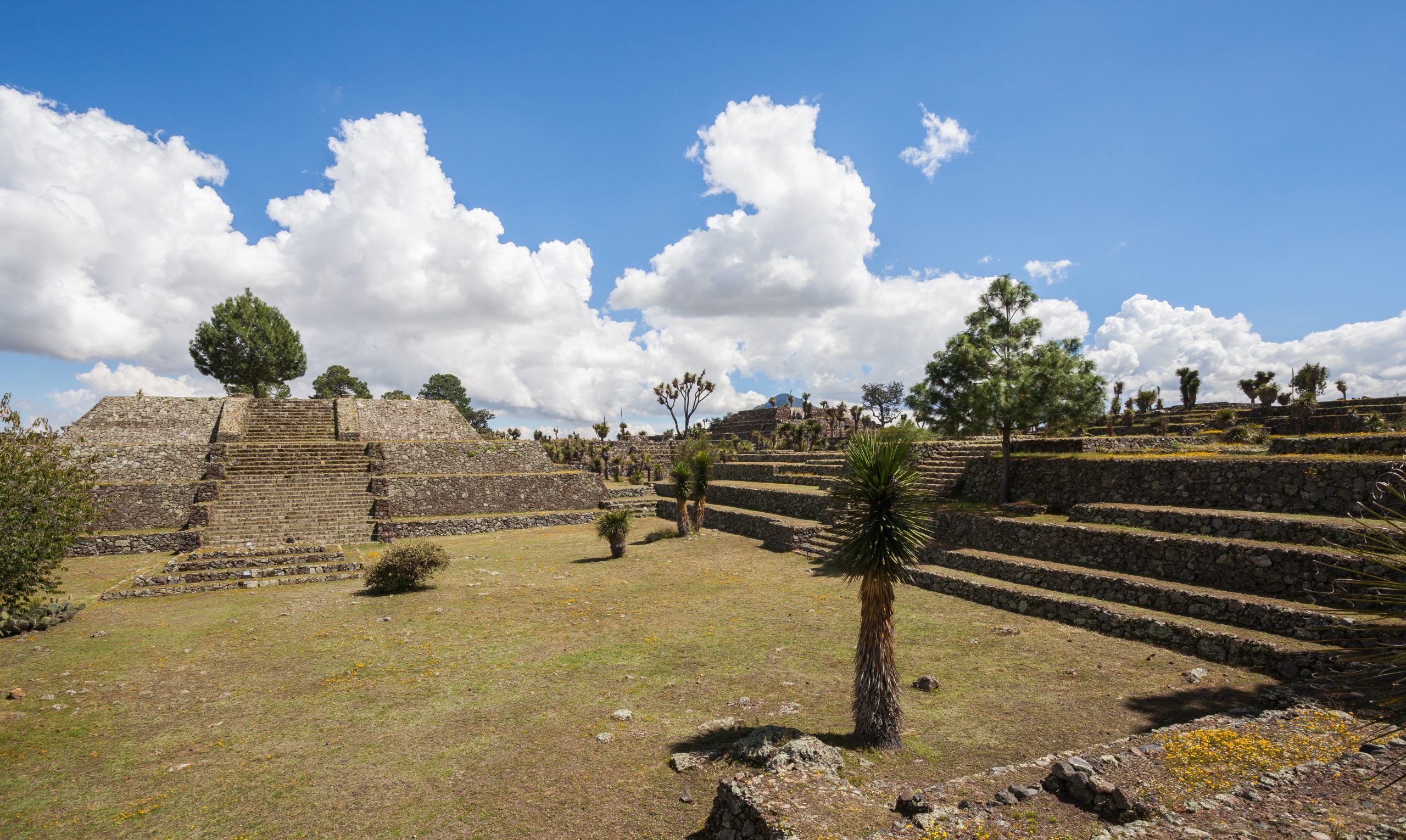
At its zenith, Cantona was a bustling urban center. It housed a significant population, evident from the extensive residential zones. The city’s strategic location facilitated control over trade routes. This control contributed to its economic and political power. Later, Cantona experienced a decline. By the time the Spanish arrived, it was already abandoned.
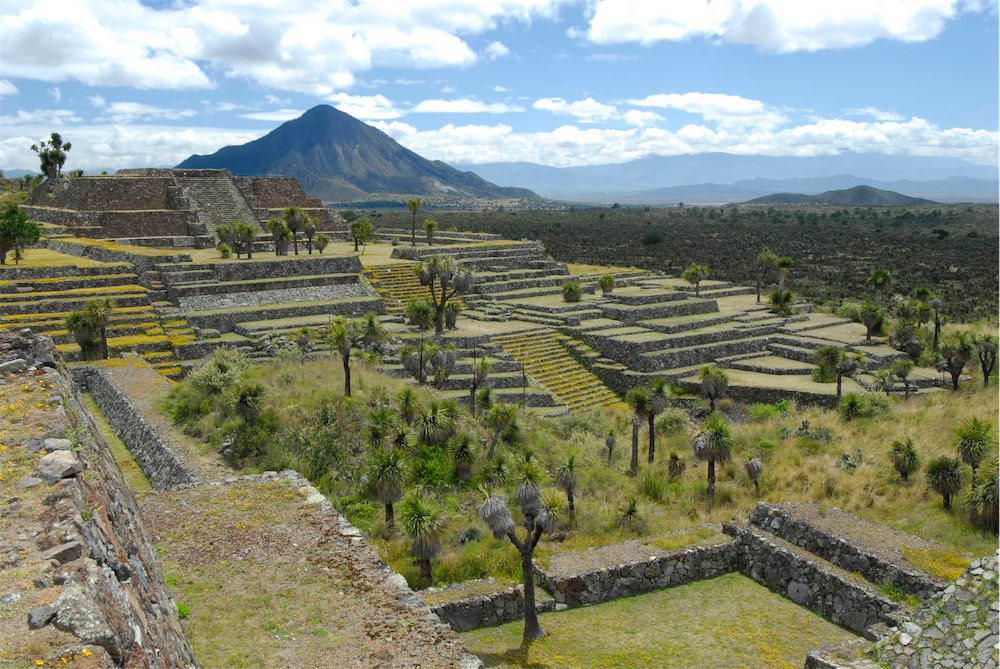
Historical importance of Cantona includes its role in trade and possibly in regional conflicts. The city’s fortifications suggest it was prepared for warfare. Cantona’s decline remains a subject of study. Some suggest environmental changes or social upheaval as possible causes.
Excavations at Cantona have uncovered artifacts that provide insights into the daily life of its inhabitants. These artifacts include pottery, tools, and ornaments. The site’s architecture and artifacts have helped scholars understand the city’s social hierarchy and economic activities.
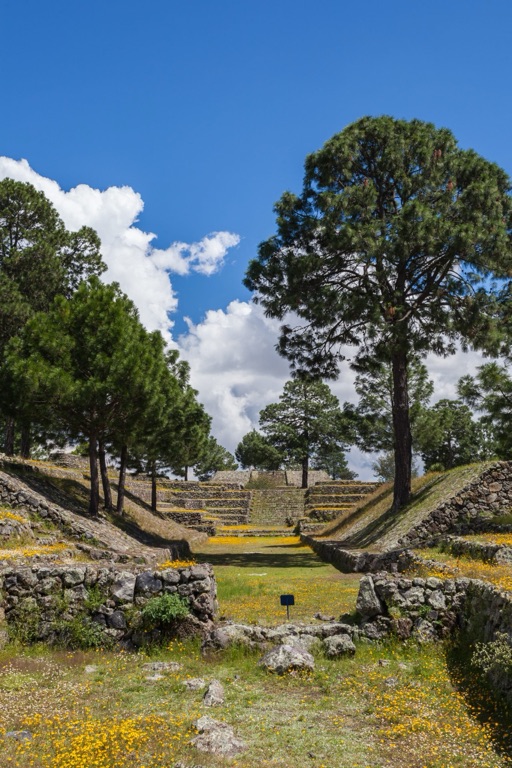
Today, Cantona is an important archaeological site for understanding the Epiclassic period in Mesoamerica. It offers a unique glimpse into a civilization that thrived in the highlands of Mexico. The site continues to be a focus for archaeological research and conservation efforts.
About Cantona Archaeological Site
Cantona’s urban design is remarkable for its scale and complexity. The site covers roughly 12 square kilometers. It includes more than 3,000 individual structures. These structures are connected by an intricate network of more than 500 cobblestone causeways.
The city’s architecture is characterized by tall, stepped pyramids and numerous ball courts. Cantona has more ball courts than any other site in Mesoamerica. The use of volcanic rock is prevalent in construction, reflecting the local geology.

One of the most notable features of Cantona is its advanced hydraulic system. This system includes cisterns and channels for water collection and distribution. The system highlights the inhabitants’ engineering skills and their adaptation to the arid environment.
Archaeologists have also noted the absence of a central palace or ruler’s complex. This absence suggests a possible difference in political organization compared to other contemporary Mesoamerican cities. The city’s layout, with its many neighborhoods and compounds, indicates a complex social structure.
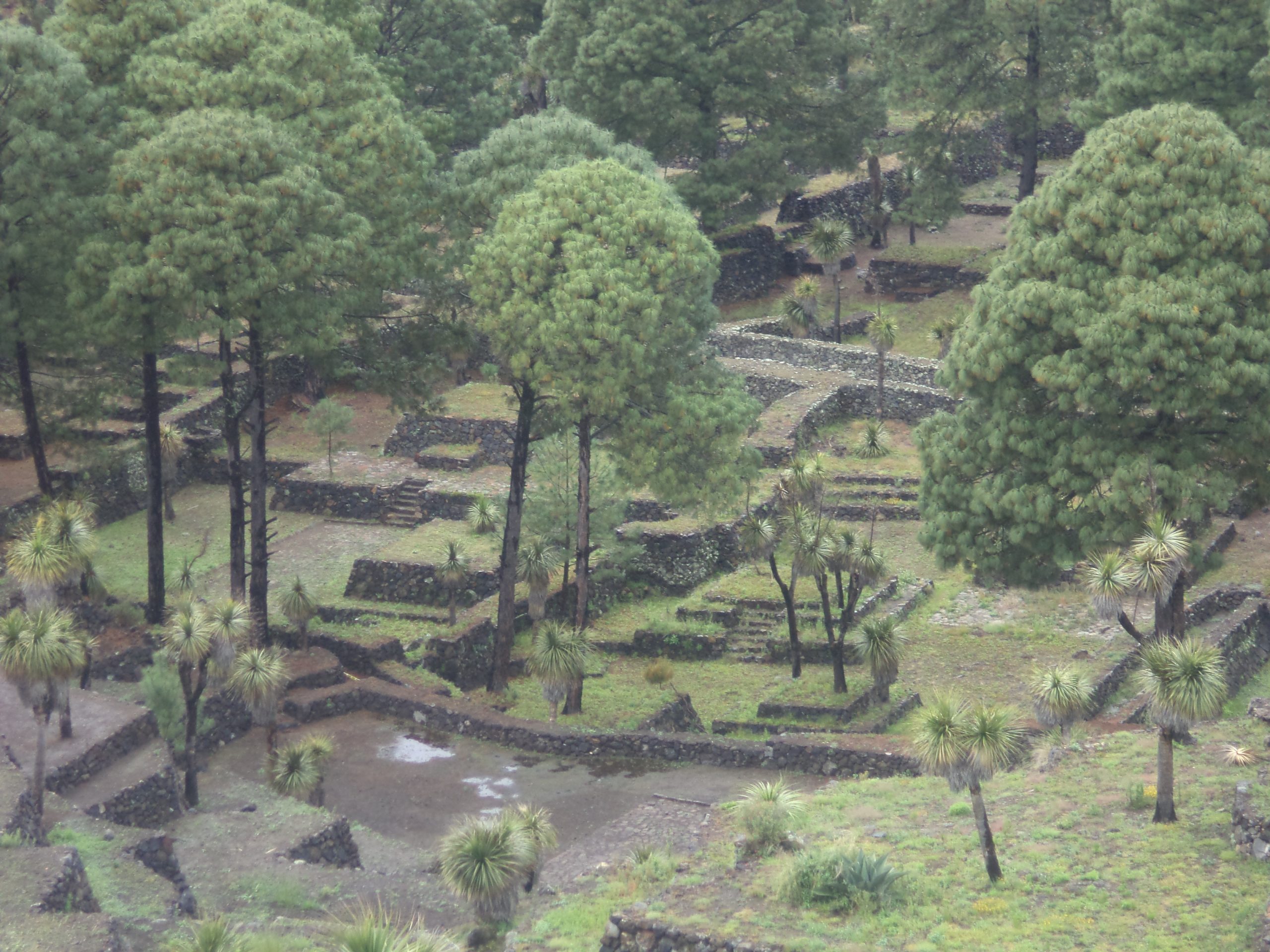
Despite its ruins, Cantona’s grandeur is still evident. The site’s vast plazas and ceremonial centers continue to impress visitors and researchers alike. The city’s design reflects a high level of urban planning and cultural sophistication.
Theories and Interpretations
Several theories exist about Cantona’s purpose and the reasons for its decline. Some scholars suggest it was a major trade and economic center. This theory is due to its strategic location and evidence of extensive manufacturing within the city.
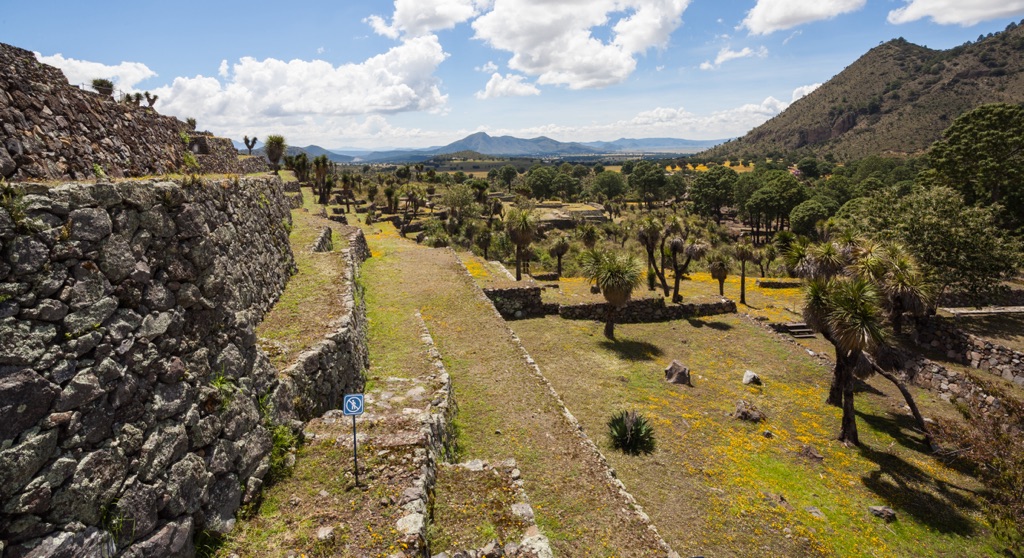
Others propose that Cantona was a religious and ceremonial site. This theory is supported by the numerous temples and ritual spaces found throughout the city. The large number of ball courts also suggests a significant cultural and ceremonial role.
The mystery of Cantona’s decline has led to various interpretations. Some researchers point to evidence of a violent conflict. Others believe environmental factors, such as a prolonged drought, may have played a role.
Archaeological dating of Cantona has been carried out using methods such as ceramic typology and stratigraphy. These methods have helped establish the timeline of the city’s occupation and its peak period.
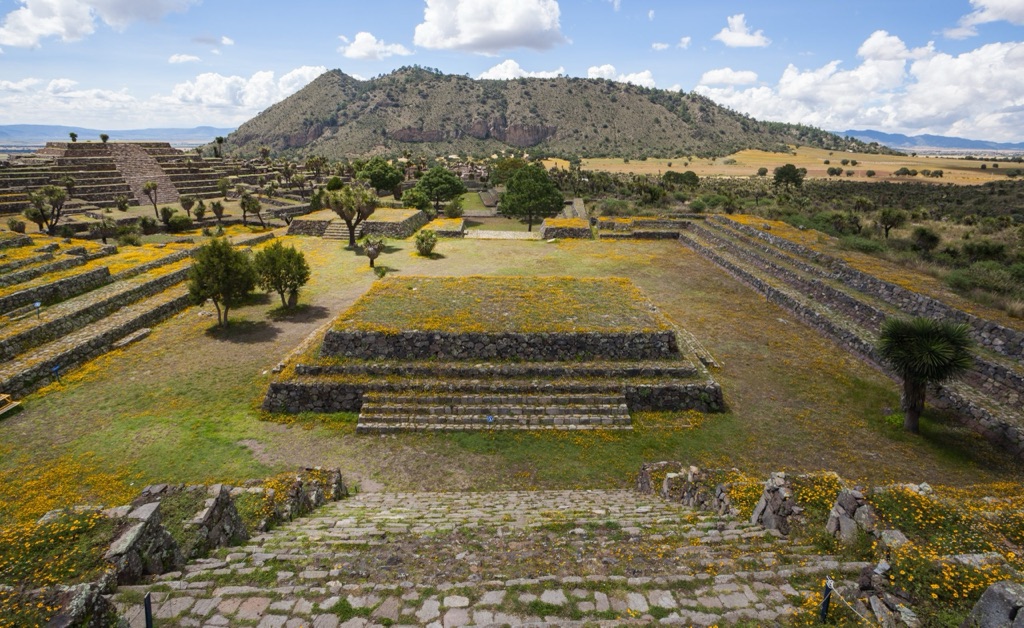
Interpretations of Cantona’s history are continually refined as new discoveries are made. Each finding contributes to a more nuanced understanding of this ancient city’s role in Mesoamerican history.
At a glance
Country: Mexico
Civilization: Possibly Olmec-influenced, distinct from Maya and Aztec
Age: Peak period between 600 and 1000 AD
Conclusion and Sources
Reputable sources used in the creation of this article include:

